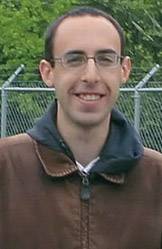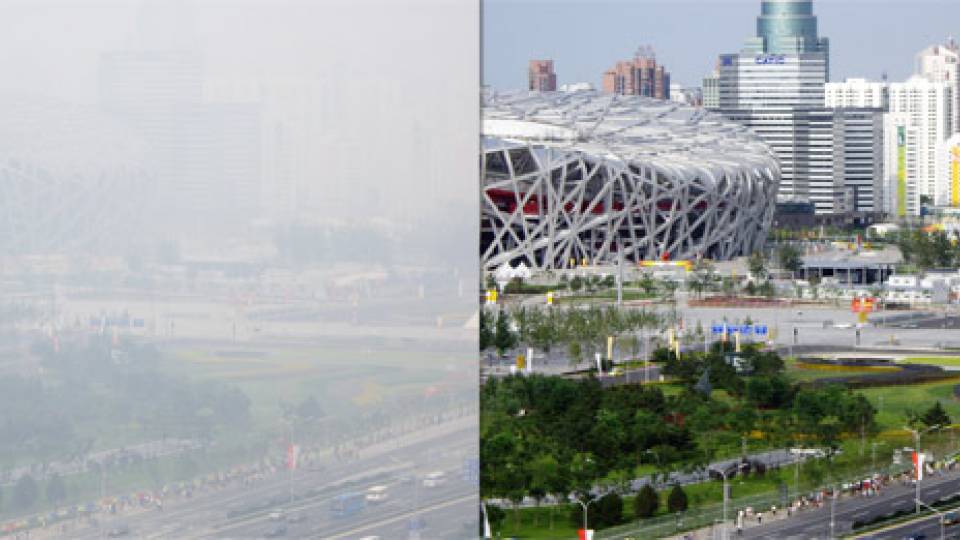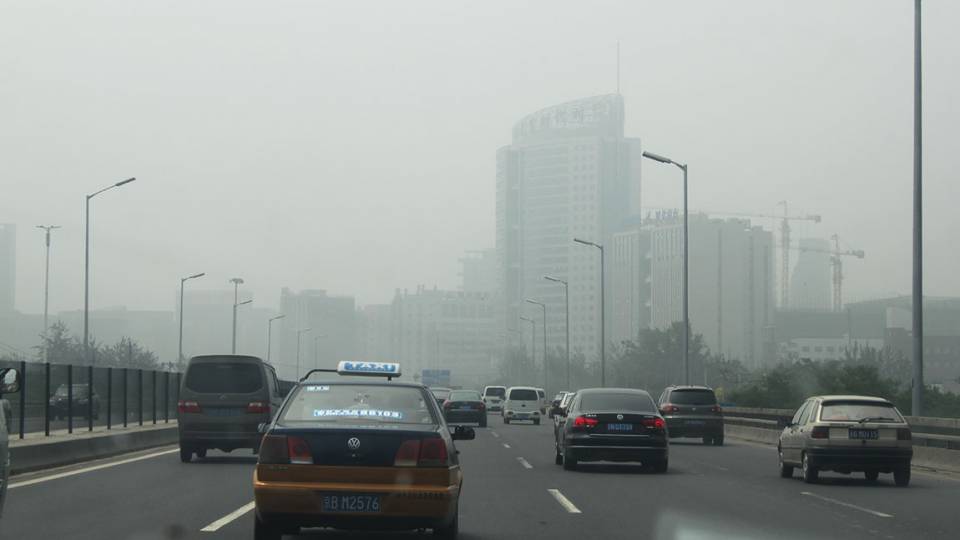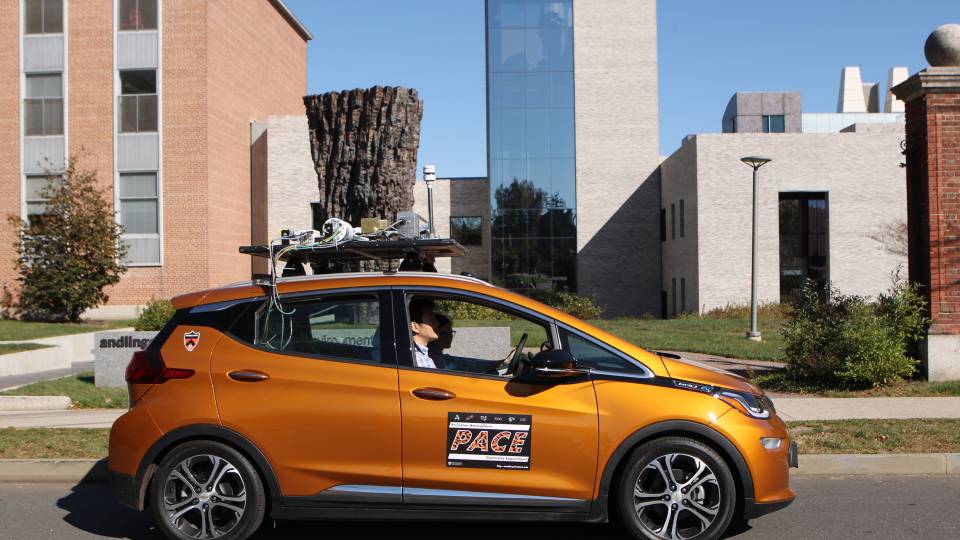A team of five Princeton engineering graduate students is leading a yearlong field research project using new laser sensors to measure pollutants with unprecedented sensitivity.
The sensors use quantum cascade lasers to perform chemical fingerprinting of the greenhouse gases carbon dioxide, nitrous oxide, methane and water vapor, as well as ammonia and carbon monoxide, which are related to air quality.
These trace gas sensors were developed in laboratories that are part of Princeton's Mid-InfraRed Technologies for Health and the Environment (MIRTHE), a center funded by the National Science Foundation. The director of MIRTHE is Claire Gmachl, the Eugene Higgins Professor of Electrical Engineering and a pioneer in the development of quantum cascade lasers.
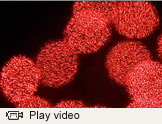
Play the "Using Mid-InfraRed Lasers" video.
The students are still analyzing the data collected during field research. But Mark Zondlo, assistant professor of civil and environmental engineering, said that the project "will allow for new insights into the nitrogen, carbon and water cycles in urban and agricultural settings."
Zondlo also said the lasers were robust in the field.
"The new laser sensors proved to work under harsh field conditions from snow and frost to summer heat," he said.
This video is narrated by David Miller, a graduate student in civil and environmental engineering, and shows the group's fieldwork performing atmospheric measurements in April 2012 at a test site run by the Maryland Department of the Environment and Howard University in Beltsville, Md. The site is in the middle of the Baltimore-Washington, D.C., corridor, which faces significant urban air quality issues.
Miller said the student-led independent project was a "unique opportunity" for graduate students to manage research. The students were in charge of formulating project goals, making connections with outside collaborators, taking care of logistics and budgeting.
The Princeton graduate students who serve as co-principal investigators on the project, in addition to Miller, are Dan Li, Clinton Smith, Kang Sun and Eve Wen Wang. The postdoctoral researchers and research scholars at Princeton associated with the project are Michal Nikodem, Anna Michel, Lei Tao and Amir Khan.
In addition to Gmachl and Zondlo, the faculty members associated with the project are Elie Bou-Zeid, an assistant professor of civil and environmental engineering; James Smith, a professor and the chair of the civil and environmental engineering department; and Gerard Wysocki, an assistant professor of electrical engineering.
A note about safety: The liquids shown in this video are water and a common fertilizer mixed with water and do not require the person handling them to wear gloves. All of the lasers shown in this video are "eye safe" and do not require the operators to wear safety goggles.
